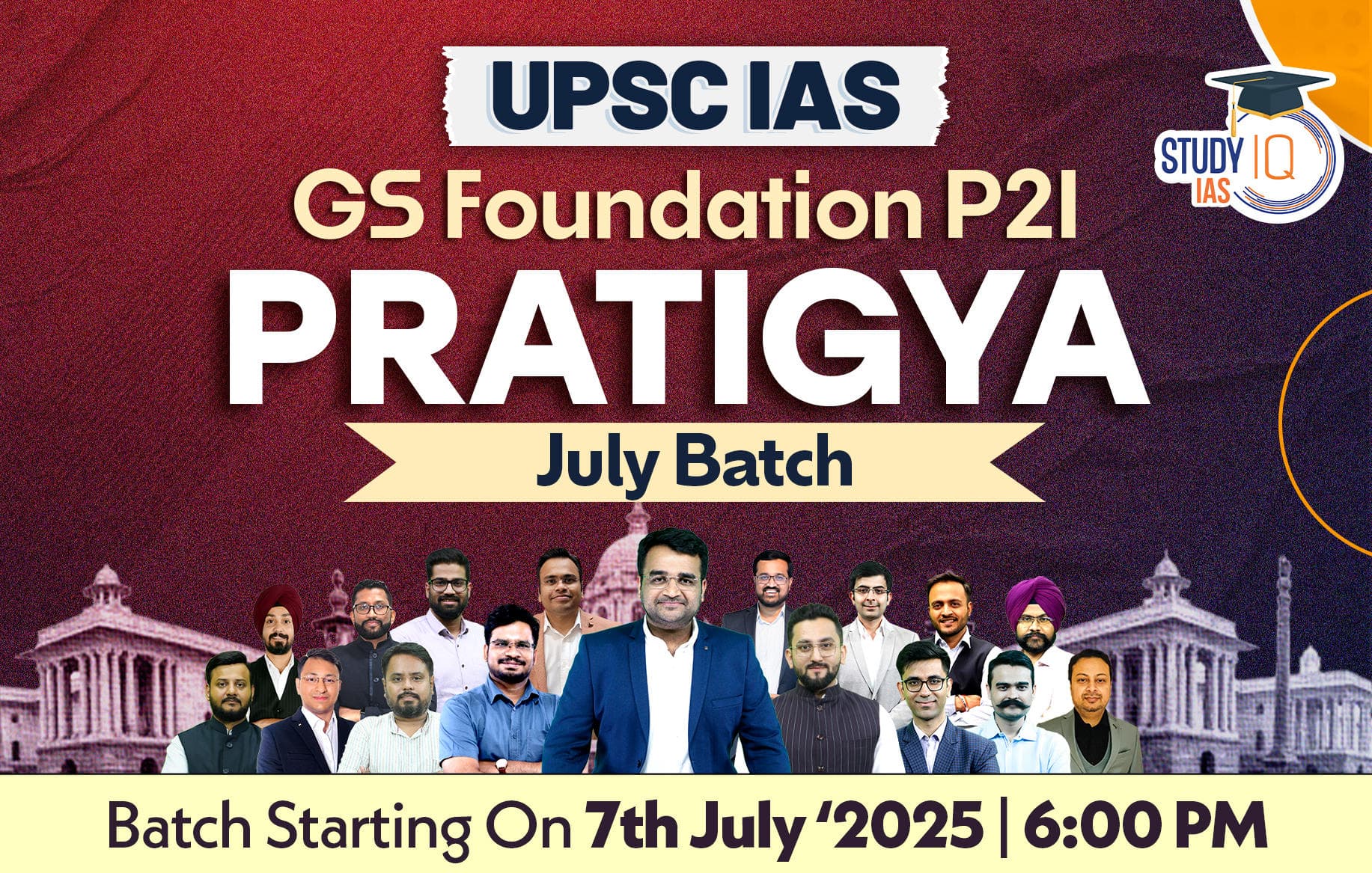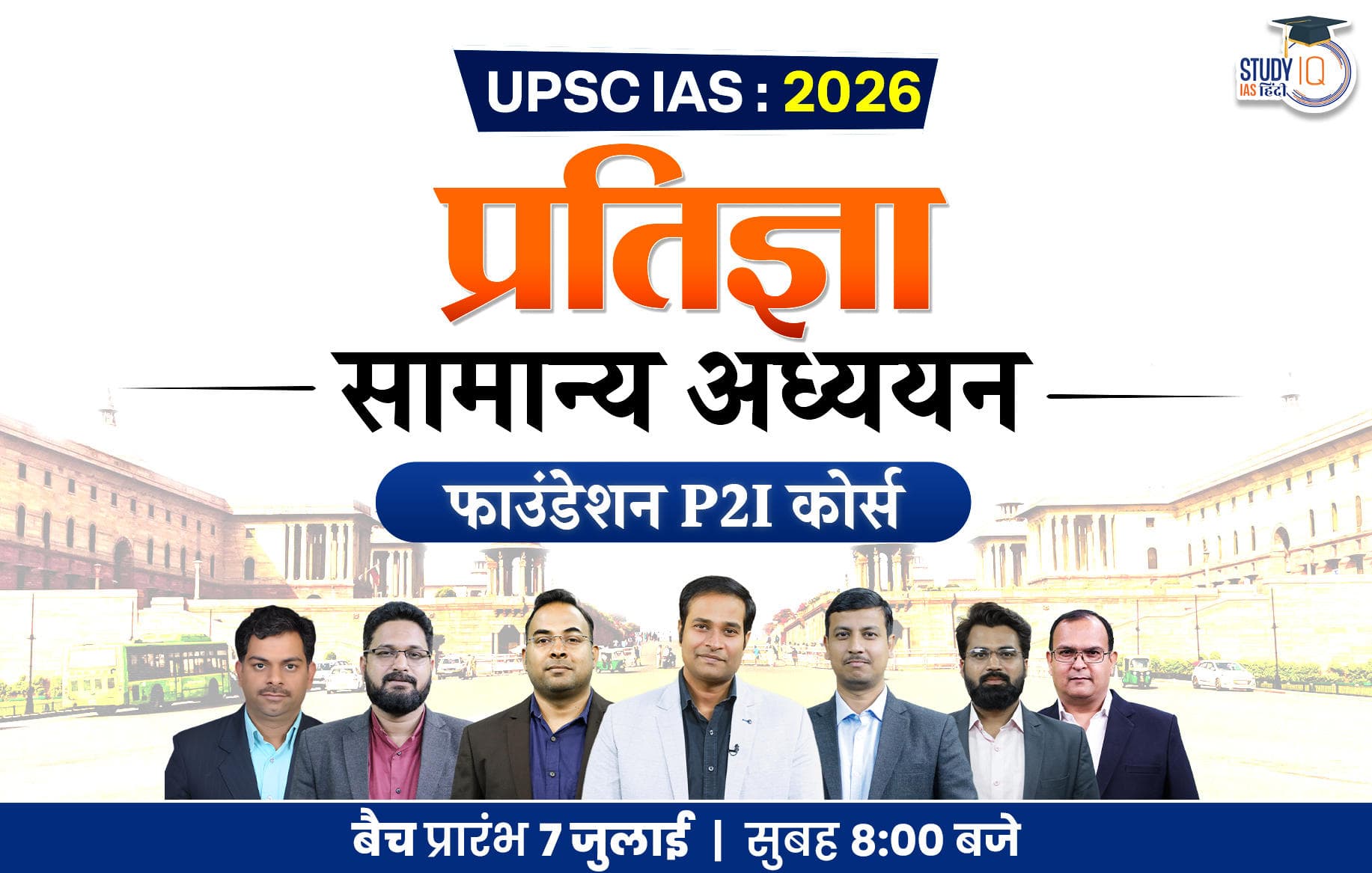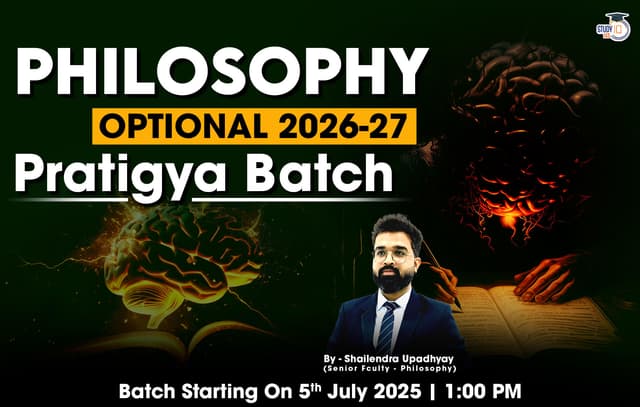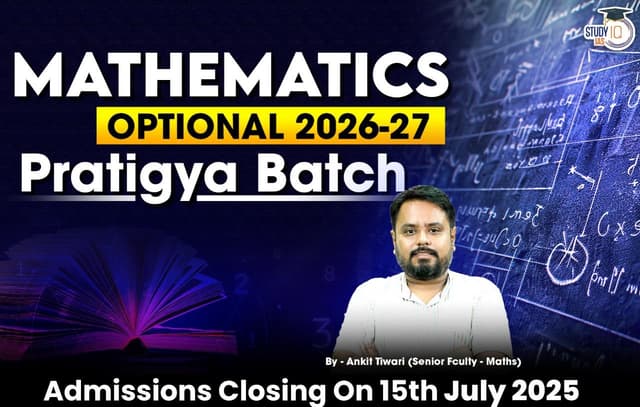Table of Contents
Context: Rajya Sabha Chairman has asserted that only Parliament has the jurisdiction to constitutionally remove a High Court judge.
About Process of Removal – By the Parliament
- A judge can be removed from office through a motion passed by Parliament on the grounds of “proved misbehaviour or incapacity.”
- Although the Constitution does not mention the term “impeachment,” it is commonly used to describe the removal process under Article 124 (for Supreme Court judges) and Article 218 (for High Court judges).
Procedure for Removal of Judges (as per the Judges Inquiry Act, 1968)
Initiation of Impeachment Motion: (Under Section-3 of the Act)
- The impeachment motion can originate in either House of Parliament:
- Lok Sabha: Requires a signed notice by at least 100 members.
- Rajya Sabha: Requires a signed notice by at least 50 members.
- The Speaker (for Lok Sabha) or Chairman (for Rajya Sabha) may consult individuals and examine relevant materials before deciding whether to admit or reject the motion.
Investigation Committee Formation
- If the motion is admitted, the Speaker or Chairman will form a three-member committee to investigate the charges. The committee consists of:
- Chief Justice of India or a Supreme Court judge (Head of Committee)
- The Chief Justice of a High Court
- A distinguished jurist (In the opinion of the Speaker/Chairman)
Framing of Charges
The committee frames charges and provides a copy to the judge, who can submit a written defence.
Committee Report Submission
- After completing the investigation, the committee submits its report to the Speaker or Chairman.
- The report is then presented before the concerned House of Parliament.
Consideration of Motion
- If the report finds evidence of misbehaviour or incapacity, the motion for removal is considered and debated in the House.
Adoption of Motion
The motion must be passed in each House by:
- A majority of the total membership of that House.
- A two-thirds majority of the members present and voting.
- If the motion passes in one House, it is sent to the other House for approval.
Presidential Order
Once both Houses adopt the motion, it is sent to the President, who issues an order for the judge’s removal.
|
Fact |
| Except for a removal motion, the legislature cannot discuss a judge’s misconduct. |

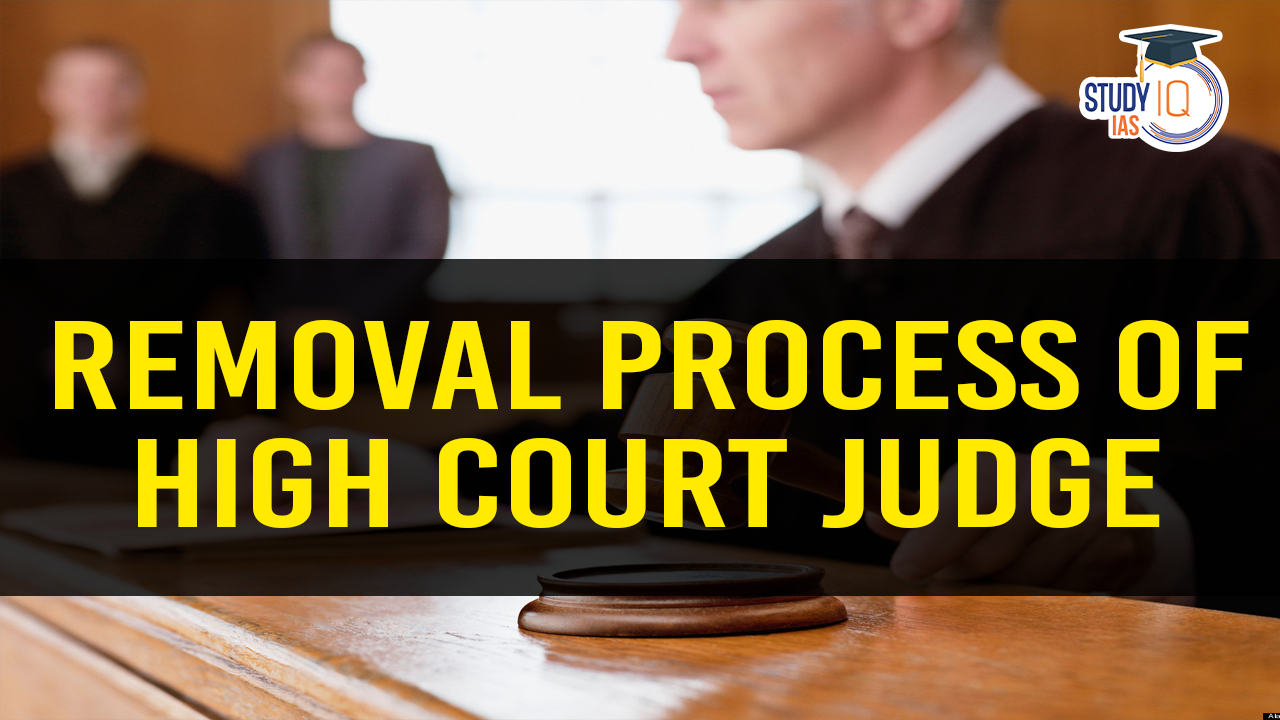
 Phone-tapping in India, Legal Framework ...
Phone-tapping in India, Legal Framework ...
 List of Chief Ministers of Maharashtra F...
List of Chief Ministers of Maharashtra F...
 Indian Secularism: Constitutional Provis...
Indian Secularism: Constitutional Provis...

